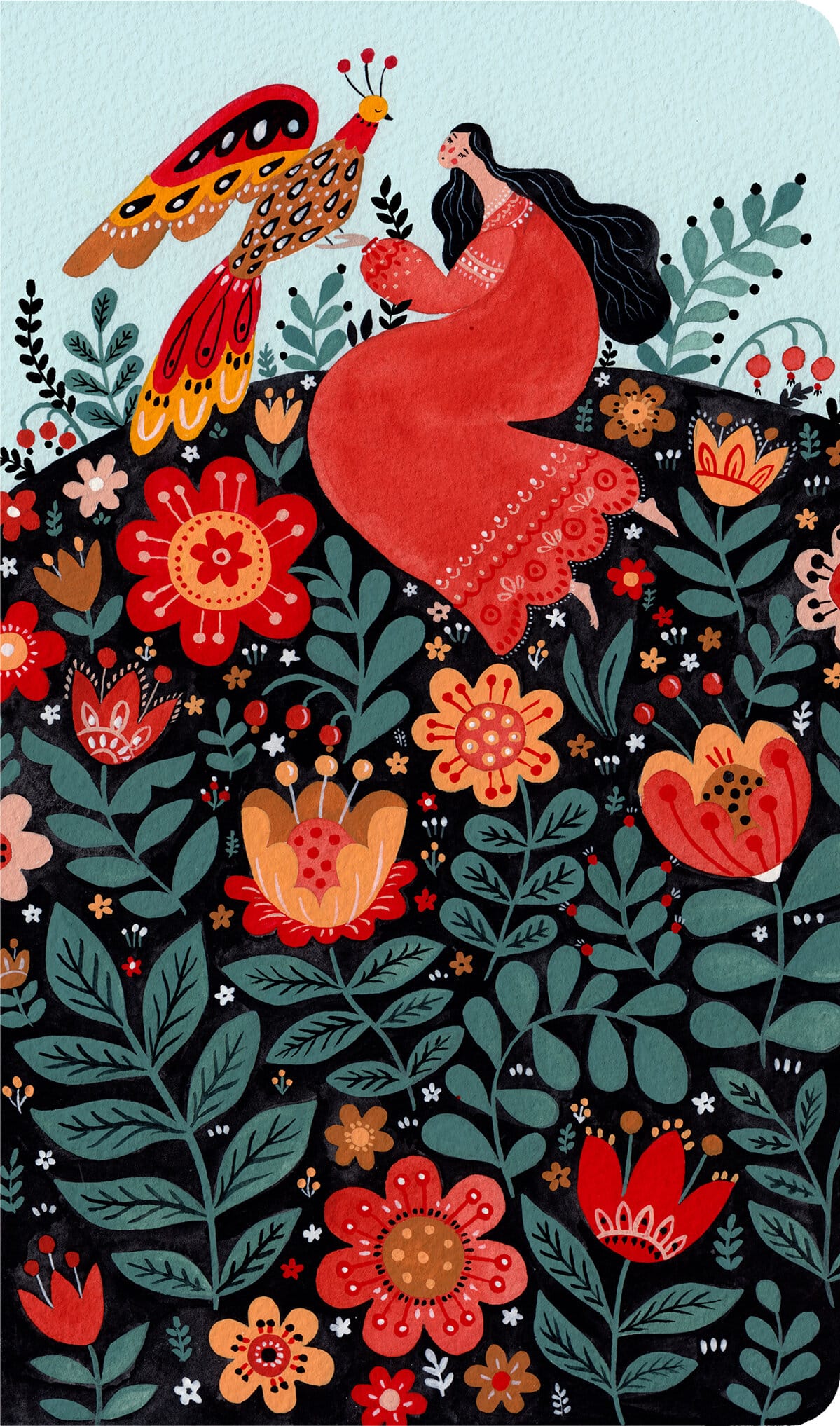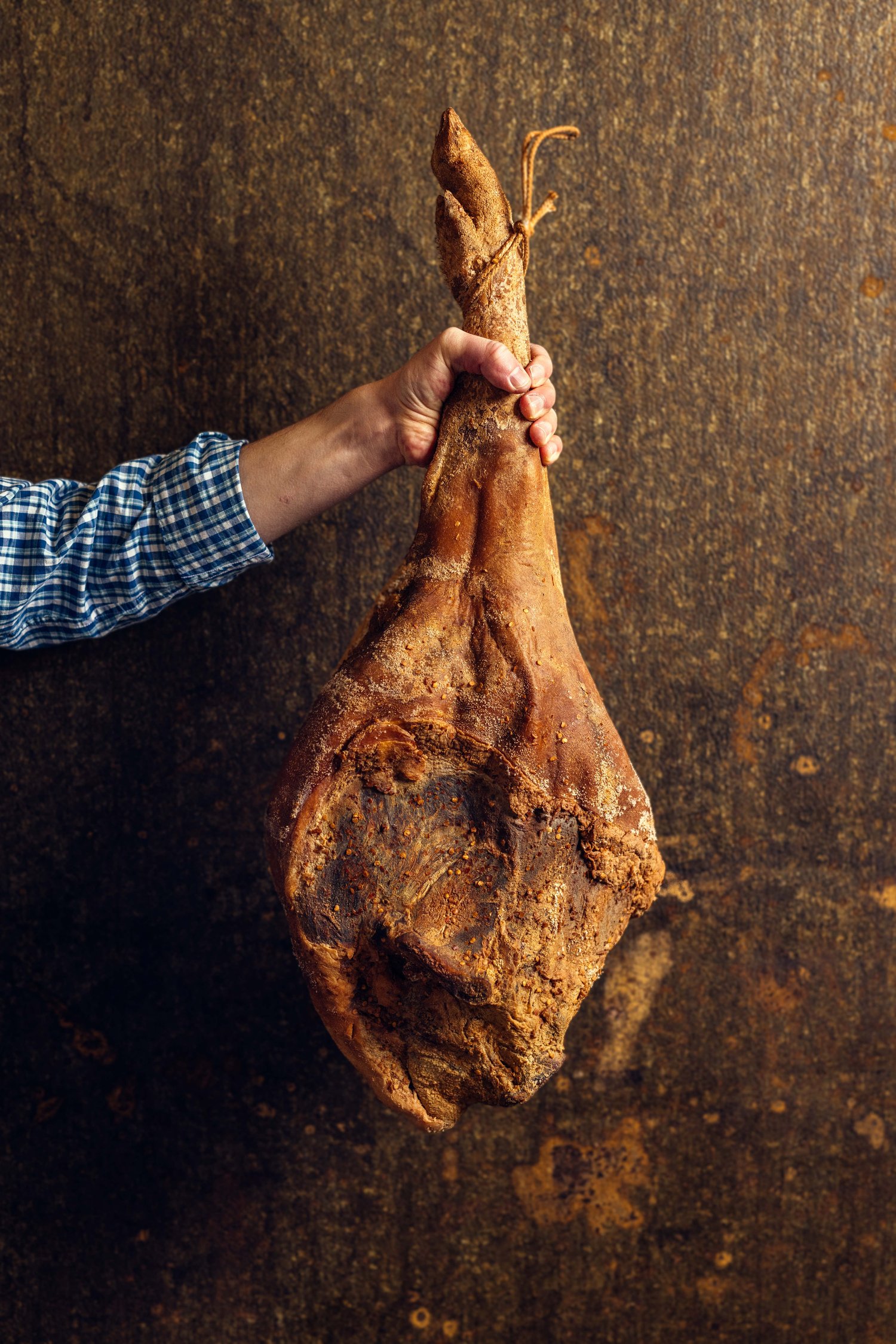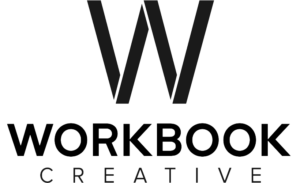Heidi Goverman talks with Jason Elias, Nathalie Gordon, Shelly Waldman, and Zach Anderson about promo emails and mailers on this episode of Workbook Radio.
HG: “Promos! So these are the questions at hand, and I’d love to start with Shelly with number one: A schedule. How often is effective to send them? What is too often? And we’re talking about emails and direct mail pieces. So how often are you sending out emails and how often are you sending out direct mail pieces?”
SW: “Not often enough. Funny that you should ask this question; I just hired a strategist to help me with that exact question. So print promos about twice a year. And emails…I’m not very good at doing. I do individual emails to individual people when it’s appropriate.”
HG: “Does anybody else have a thought about a schedule that you think would be…that has worked well for you? That’s not too much, not too little?”
NG: “I try to keep a schedule. So in my iCal, I try to put in dates when I should send out work, and it’s roughly every six weeks when I try and send an email. That doesn’t always happen, just depends on my workload. And what I’ve learned as well is your email doesn’t have to be a whole ton of information. And I think what I sent [as examples to Heidi for the presentation] was a lot. I’ve slimmed it down to maybe any time I’ve done something I’m really happy or excited about, or it’s been in an editorial, I’ll quickly put together an email. For some reason I only want to send emails on Tuesdays and Wednesdays. That’s just a day in my head that I’ve gotten used to. And I feel like it’s a day when I get more responses.”
HG: “Yeah.”
NG: “Yeah. So every six weeks to two months, I try to send out something just so people have my name in their inboxes. Even if they don’t open it, they’re like, ‘Oh yeah, this girl again. When is she going to stop emailing me?’ But I still keep going.”
HG: “I think you’re projecting a little bit. (laughing) But I also notice, because you send me you’re promos, I notice that you do it on holidays and so on. And you take advantage of [them], like Valentine’s Day is perfect for you to email a promo because of the way your work looks and the color scheme and the whole thing.”
NG: “Yeah, yeah, yeah.”
HG: “So, I do notice that you do that.”
NG: “Yes. Which I try to do just because I get so many emails in my inbox, and I’m like ‘Oh that’s a really cool idea. I’m going to steal that and do that myself.’ It’s normally from fashion companies because I shop online a lot. But they have really good promos, and I’m like, if I’m opening their email, what’s to stop someone else not opening my email?”
HG: “Well, it’s what they’re looking for.”
NG: “Yeah.”
HG: “Right. Jason, how targeted are you? Do you do several [emails] with different focuses? Because obviously, you sort of have these two masters that you serve, I think?”
JE: “So, my thinking on this has shifted over the years. I work primarily in two different categories. I work in entertainment, so I do a lot of network, key art campaigns. And then I do more advertising as well. Straighter advertising like I was talking about my agricultural worker kind of stuff. I used to be the guy who would send out 1,000 emails every six to eight weeks. And you know, if you’ve ever used one of those [email] programs, it gives you your response rate, it’s like 3% response rate. You know, .2% opened and 25 unsubscribes. So I’ve actually gone to a much more curated list. And I was just talking to [another photographer] about how I have now gone to, I have a list of about 70 people that I just added 5 more to today. And it takes a couple hours of research to put together every name on that list. But I’m finding my curated list is so much more effective. I’m getting perhaps 40% response rate from people…responding, ‘I really like the work; we just need to find the right campaign for you.’ Which means that I have right now, I was just counting through today, about 20 different emails from people saying, ‘I love your work.'”
HG: “Oh, so they responded. Not just opened. They responded?”
JE: “No, no. So my thing. I just read this… I may have heard it at a Workbook event.”
HG: “(laughing) It is; I know exactly what you’re about to say.”
JE: “The best marketing, at least from what I’ve discovered, is to send a very nice print promo and then follow up with a personal email a couple weeks later and just say,’ Hey, just want to see if you got the promo I sent you?’ And that’s where I get people saying, ‘Loved the print piece. Gotta find the right job for you.’ And that has just been…it’s just changed the way I interact with people. I have a personal relationship with these people, which is kind of what’s it’s about.”
HG: “Shawna Bigby Davis is the one who said that to you through this event at Palm Springs.”
JE: “You know, I was just going to say this business is really…as long as you’ve got talent and drive. You have to have those. But then it’s all about personal relationships. This entire business is about personal relationships. So I don’t know why I used to think that by sending 10,000 emails I could establish a personal relationship with [all those people]. I got one client from that. And it was a long-term client. But the majority of my other clients are from actually building personal relationships with people.”
ZA: “Can I say something too?”
HG: “Yeah, sure!”
ZA: “About the mailer pieces? Like the printed mailers? When I’m not working, I go to ad agencies or wherever I meet with art buyers, photo editors, and people like that. And a lot of them, the way the agencies are working now, they don’t even have desks anymore. And they need to put everything in a locker. So your mailer’s going straight in the trash. It’s not that they don’t like your work, there’s just nowhere to put it. And so it’s a lot easier to be direct about it and send the a nice piece or a print. And, everyone I meet, for every job, I always send a hand-written thank you card. Everyone. And every art buyer I meet. Everything like that. Because it’s a lot better than sending a thank you email. It’s not quick; you actually spend time thinking about it.”
HG: “No, people like notes and you kind of clicked on my last point behind you [on the screen]. So how do you guys feel about subject lines [on emails]. What’s your philosophy? Are you clever? Are you honest? Some people have the philosophy when they’re sending an email they want to be really clear. Like, ‘Hey I want you to check this work out.’ Some people try to be clever and they get feedback from buyers who say, ‘You are so clever. You tricked me into opening this email.’ And it doesn’t work. So how do you guys feel about that?”
SW: “I’m really clear. It’s short and to the point. So if it’s new work, it literally says: New Work. Travel Story. Wine Enthusiast. And then they open it, [and it will have maybe] like this last one I shot 16 locations, so there were a lot of images online and in print. So I might pick the main photo or 2-3 photos they printed and say, ‘Click here to see the whole story.’ I could share the PDF, but usually it’s just a picture story. I want them to focus on the pictures and not the text. I’m really just clear that it’s new work, and I want to share it with you.”
HG: “What do you think is a realistic action item for you? Just ‘Click on my stuff?’ Is that your expectation?”
SW: “I don’t expect anything. Expect nothing and then whatever they give you you’re like, ‘Yeessss!’ I use a trackable link, so I can see how many people click through. And just like Jason, my [recipient] list is very small and very tight, and I send individual emails. I don’t use a mailing machine anymore. So everything is personal.”
HG: “How do you [track] with an individual email?”
SW: “I use a plug-in in my Gmail so I can see who opened it. And then I use a trackable link like a Bitly link so I can see how many times it was clicked. And I know [as an example] I sent 10 emails with that [link] out, and okay, the Bitly link was opened 10 times and its locations. So I know I sent it to 5 people in LA, and 5 people in New York, and oh there were 10 people in New York. It means it got passed around. Or the same person opened it twice. And honestly I don’t have time to do that much tracking.”
HG: “Okay, so what about motion? Who is sending out any kind of promotions about motion?”
ZA: “It’s like every job now; it’s just so expected. I’m always getting a DP to work with all the time. I think this goes back to not everyone has a rep, but I think [my rep] Candace does more of that motion stuff for me. Like, sending it out. I don’t-”
HG: “You don’t do that.”
ZA: “Nah. I mean people see it on the website too, and it’s on Workbook, and all that stuff. So I think, I don’t know if everyone else is the same, but is motion expected on jobs now?”
SW: “I’d say yes and no. It depends on the food. For me, sometimes I get people who ask, ‘Can you do a video of the still?’ Like, nothing is literally happening. I literally have to shoot the video of this scene for 30 seconds. Nothing’s happening, they just want to stick it on the end of a bumper video where they’re doing graphic overlays. And they like a video file better than a still file. But as far as promotion for video? Like I just did a personal project, which was Coke meets Levi’s and did a backyard BBQ thing because this was an idea that I had for two years; I finally found someone to help me bring it to life. And so now I have been shopping around the video, and I find it’s harder to get people to click on stuff. But because I did the video and the stills, a lot of people will click through to see the still gallery, and once I have them in the still gallery, they will click on the 30 second.
I do have a one-and-a-half-minute cut, and I will say 8 out of 10 that make it that far only watch the 30 second cut.”
You can listen to the full episode below!
For more on our panelists, please visit their portfolios:
To stay up to date on all things Workbook Radio, make sure to follow us on Instagram!




